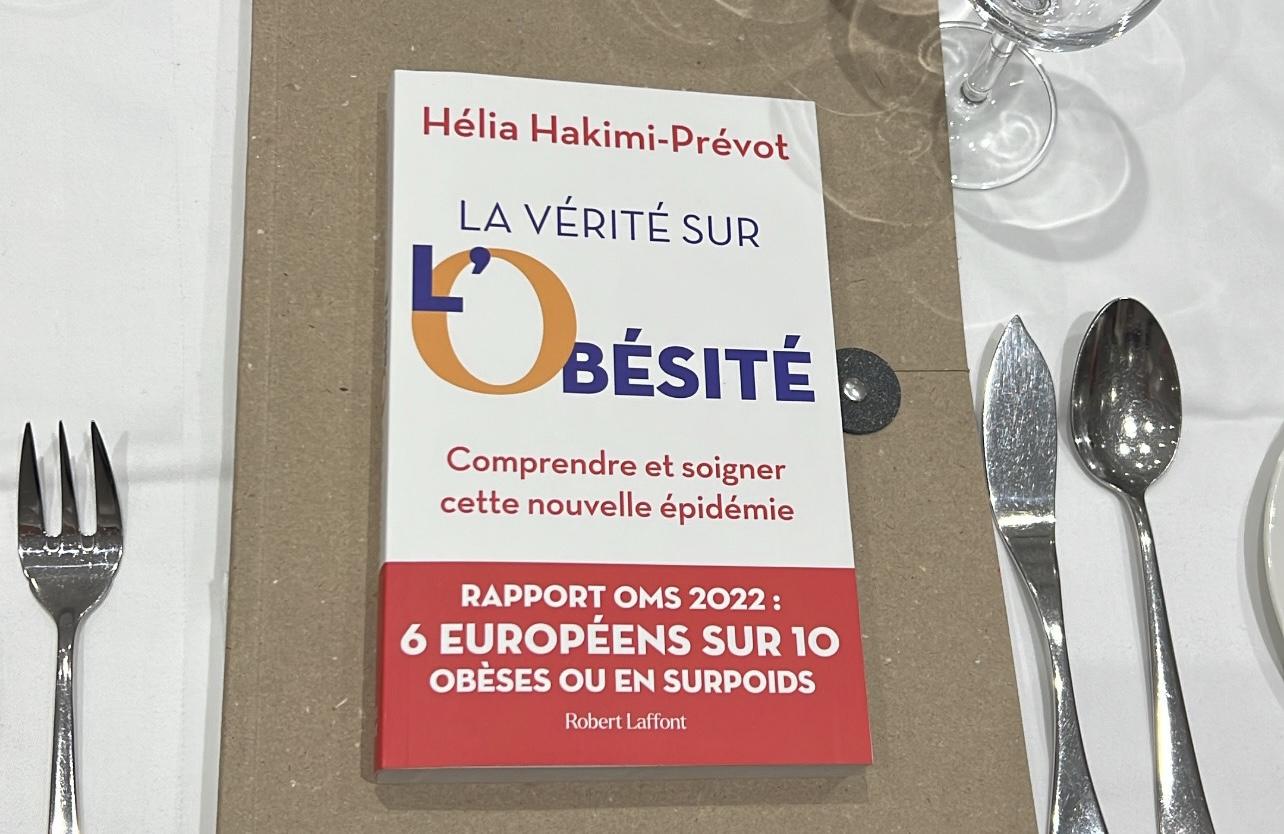When they have a higher than normal BMI, children with asthma tend to respond less to inhaled steroids, leading to more frequent asthma attacks.

- The study, conducted among more than 1,500 children with childhood asthma, shows that the higher the BMI (body mass index), the worse the response to inhaled corticosteroids.
- However, inhaled corticosteroids are the first-line treatment prescribed for asthma.
- Obese or overweight children therefore have a higher risk of an asthma attack.
According to the latest Odoxa survey for the League Against Obesity, obesity is on the rise in France, affecting 17% of French people, including 6% of children aged 8 to 17. In addition to increasing the risk of developing pathologies such as type 2 diabetes or cardiovascular disease, overweight or obesity can also reduce the effectiveness of certain treatments. This is the case for childhood asthma.
While in France, it is estimated that nearly one child in ten suffers from this pathology characterized by breathing difficulties, a new study presented at the virtual international congress of the European Respiratory Society shows that a body mass index (BMI ) is correlated with lower efficacy of inhaled corticosteroids (ICS).
“We know that children with asthma, whose symptoms are poorly controlled, tend to gain weight. This may be because they exercise less. Overweight or obese children with asthma are more likely to experience more severe symptoms despite recommended treatment with inhaled corticosteroids, making it difficult not only to achieve a healthy weight, but also to improve their quality of life”, says Dr. Cristina Longo, who conducted the research. According to her, treatment guidelines recommending steroids for children with asthma whose BMI is higher than normal “deserves to be reviewed”, “especially since 30% of children with asthma are also obese”.
A correlation between high BMI and poor responses to inhaled steroids
To reach this conclusion, the researcher and her colleagues used data on 1,511 children with asthma, aged 2 to 16, from five studies. All children were taking inhaled corticosteroids. Patient information was collected including age, gender, asthma diagnosis, asthma characteristics, BMI, allergies, and exposure to harmful environmental triggers such as tobacco . Genetic variants linked to BMI status have also been identified from DNA extracted from blood, saliva or nasal swab samples. With all of this data, the researchers developed a “risk score”: the more genetic variants linked to BMI a child presented, the higher his score.
This genetic risk score was then used to predict increases and decreases in children’s BMI z-scores. The BMI z-score estimates how much and in which direction each child’s BMI deviates from the “normal” mean value for a child of the same age and gender who is growing at a healthy rate . A BMI z-score greater than 1 indicates the child is at risk of being overweight, a score greater than 2 indicates the child is overweight, and a score greater than 3 indicates the child is obese.
Among the 1511 children with asthma who took inhaled corticosteroids, the mean BMI z-score was 0.69 and 318 (21%) were obese. According to Dr. Longo, “Although poor response to ICS varied from 20-80% between the five international studies, we consistently show that the proportion of children with poor response to ICS more than doubled for each unit increase in z-score BMI”.
For a personalized approach to childhood asthma for obese children
For Dr. Longo, these results show that clinicians “must take a more individualized approach to treating overweight and obese children”. “Paediatricians and asthma specialists should be aware that children with higher BMIs could take ICS without benefit. However, whether alternative treatments, such as biologics, are more effective remains to be determined. in this subgroup of children”continues the researcher, who also believes that these results “could also act as a catalyst to encourage parents and their children to change their diet and exercise more. This could improve the child’s BMI status and response to inhaled steroids”.


.

















